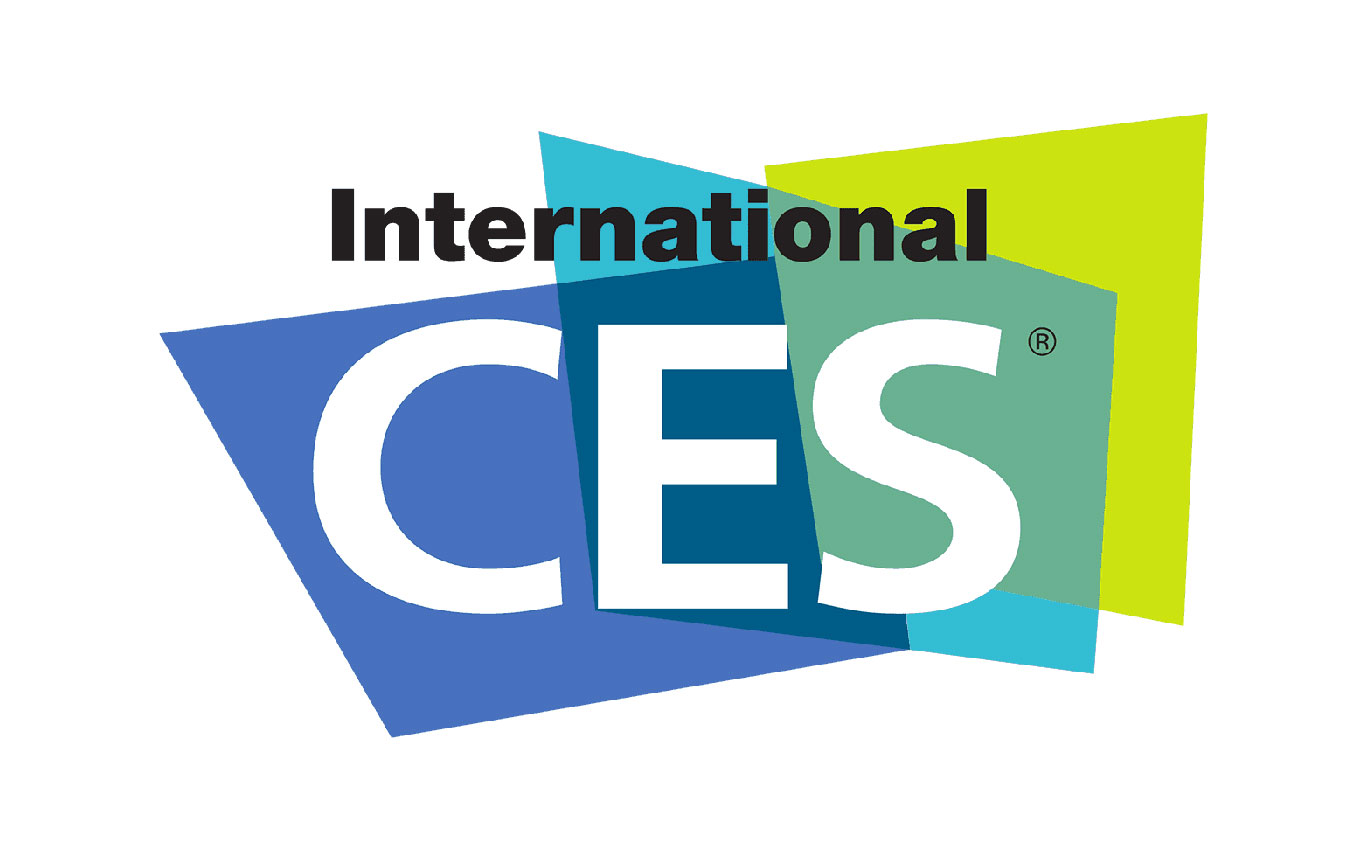It was the year of Digital Health and Wearable Tech at CES. Endless watches tracked vital signs (and many athletes exercised tirelessly to prove the point). New were several ear based fitness monitors (Brag), and some interesting TENS pain relief wearables (Quell). Many companies provided monitoring for senior citizens, and the most interesting only notified caregivers when there was a change in learned behavior (GreenPeak). Senior companion robots were missing, although robots capable of household tasks were present (Oshbot). 3D printing was big (printed Pizza)–but where were 3d printed bones and organs? Augmented reality was popular (APX, Augmenta)–but mostly for gaming or industrial use. AR for health is next.
Two companies continue to stand out in Digital Health. Samsung’s Simband is best positioned to take wearables into medical monitoring, with its multitude of sensors, open platform, and truly advanced health technologies. And MC10‘s electronics that bend, stretch, and flex will disrupt home diagnosis, remote monitoring, and smart medical devices.
We see two immediate opportunities. The brain, and the pulse.
1. A few companies at CES claimed to monitor brain activity, and one savvy brand (Muse) provided earphones with soothing sounds while a headband monitored attention. While these gadgets were fun to try, noone at CES presented extensive brain state interpretation to address cognitive and emotional issues.
2. Every athlete at CES used a traditional finger based pulse sensor. A slick wearable that can forgo the finger piece will make pulse oximetry during sports fun, instead of awkward. As with every gadget, ensuring accuracy is key, as blind faith in wearables can be dangerous.
ApplySci looks forward to CES 2016, and the many breakthroughs to be discovered along the way, many of which will be featured at Wearable Tech + Digital Health NYC 2015.
